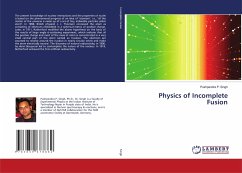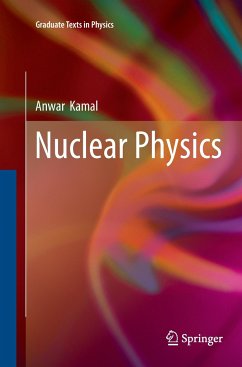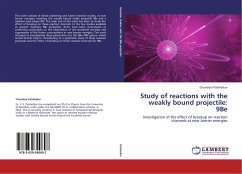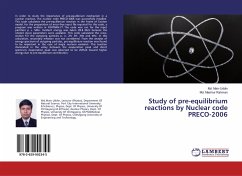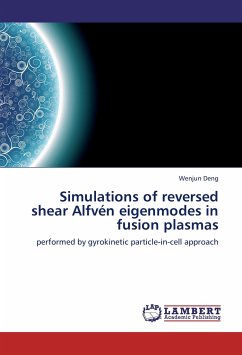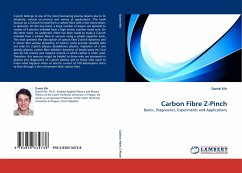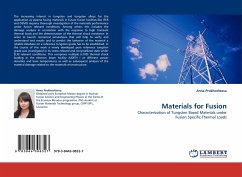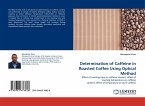The present knowledge of nuclear interactions and the properties of nuclei is based on the phenomenal progress of an idea of "atomism", i.e., "all the matter of the universe is made up of a set of tiny, indivisible particles called atom". In 1898, British physicist J. J. Thomson conceived the atom as consisting of electrons embedded in a spherical matrix of positive charge. Later, in 1911, Rutherford modified the above hypothesis on the basis of the results of large angle -scattering experiment, which indicate that all the positive charge and most of the mass of atom is concentrated in a very small central part of the atom named as 'nucleus'. The electrons are assumed to revolve around the nucleus in nearly circular orbits and make the atom electrically neutral. The discovery of natural radioactivity, in 1896, by Henri Becquerel led to contemplate the nature of the nucleus. In 1919, Rutherford achieved the first artificial radioactivity.
Bitte wählen Sie Ihr Anliegen aus.
Rechnungen
Retourenschein anfordern
Bestellstatus
Storno

